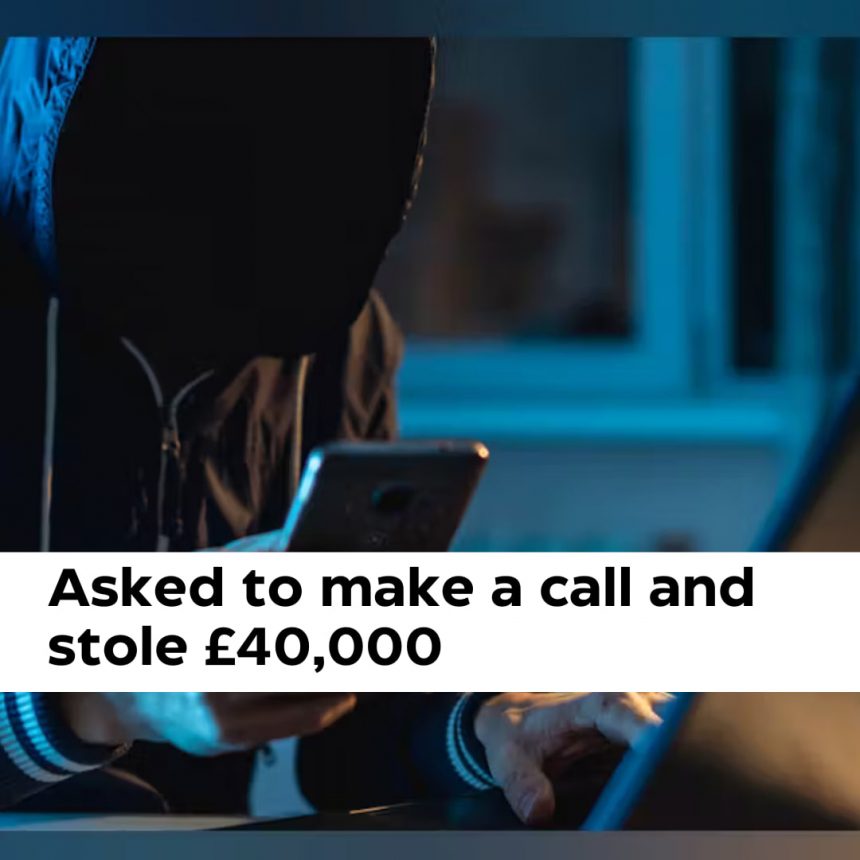It was just another day at the office for Sarah. She was finishing up her tasks when her colleague, Mark, approached her with a sheepish smile. “Hey, Sarah, can I borrow your phone? I need to make a quick call. Mine’s dead,” he said.
Sarah, always willing to help, handed over her unlocked phone without a second thought. Mark stepped away, pretending to make a call, but his fingers were already flying across the screen. He wasn’t calling anyone—he was accessing Sarah’s banking app.
Mark had been planning this for weeks. He’d noticed Sarah often left her phone unlocked and had seen her enter her banking PIN a few times. He knew her routines, her trust, and her kindness would be his way in.
In just a few minutes, Mark transferred £40,000 from Sarah’s savings account to an offshore account. He deleted the transaction history, handed the phone back with a casual “Thanks, Sarah!” and walked away as if nothing had happened.
It wasn’t until the next day that Sarah noticed something was wrong. She opened her banking app and froze. Her savings were gone. Panic set in as she called her bank, but the money was already untraceable.
The police were called, and the investigation began. Mark, the seemingly friendly colleague, was the prime suspect. When confronted, he denied everything, but the digital trail didn’t lie. Security footage from the office showed him using her phone, and forensic analysis of her device revealed the deleted transactions.
Mark was arrested, but the money was never recovered. Sarah learned a hard lesson about trust and digital security. Now, she never lets her phone out of her sight—and always keeps it locked.
Source – https://www.bbc.com/news/articles/ckg885lxd3jo


